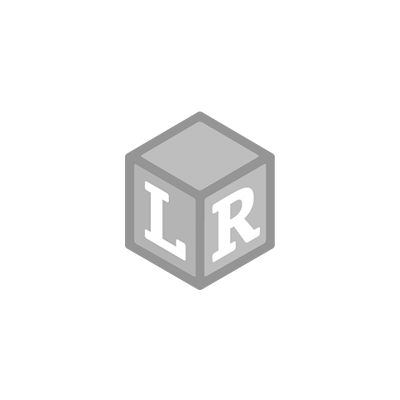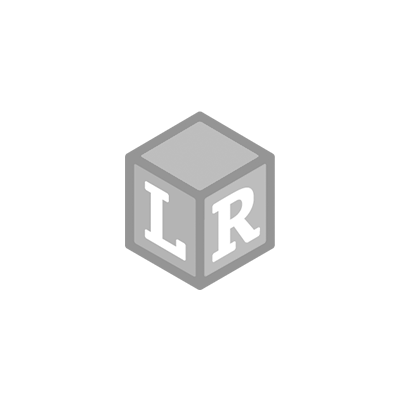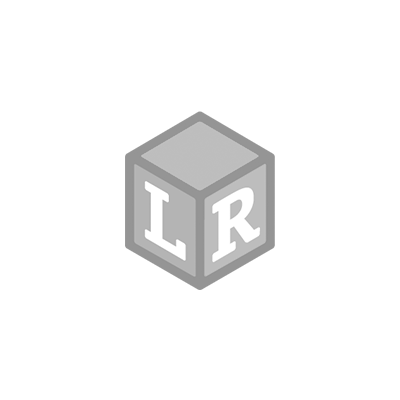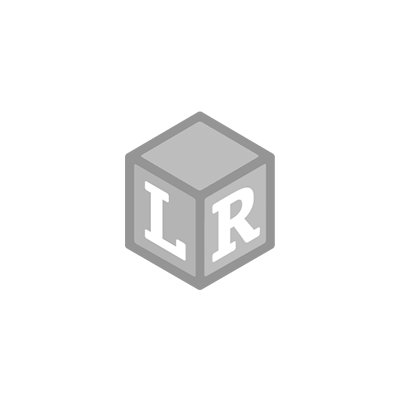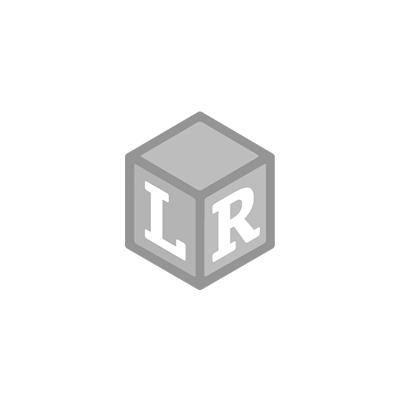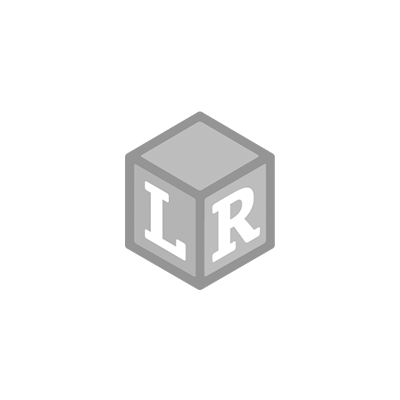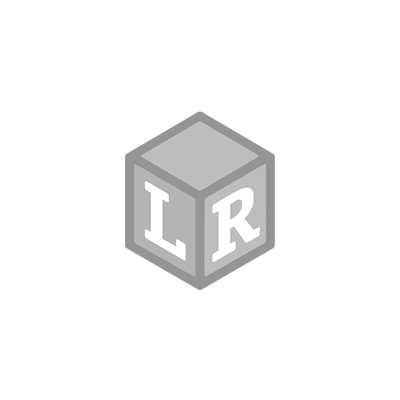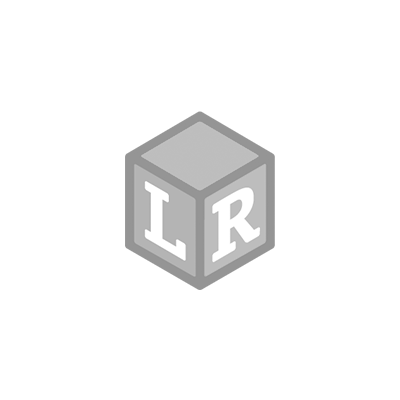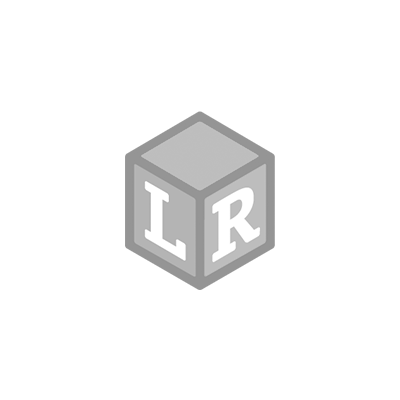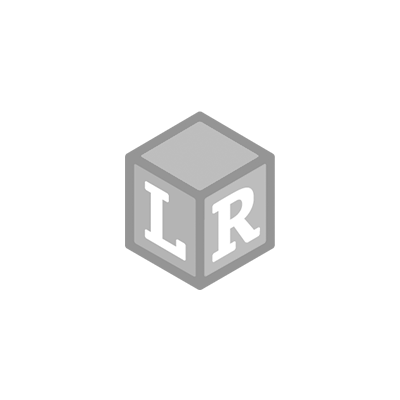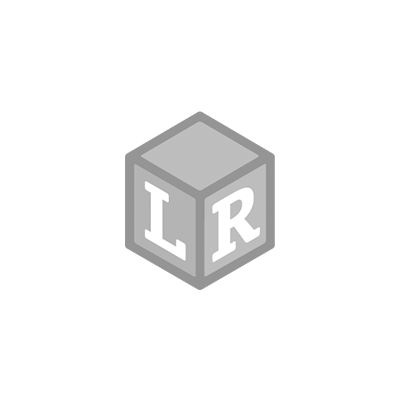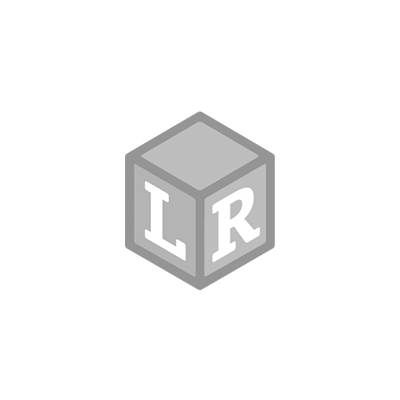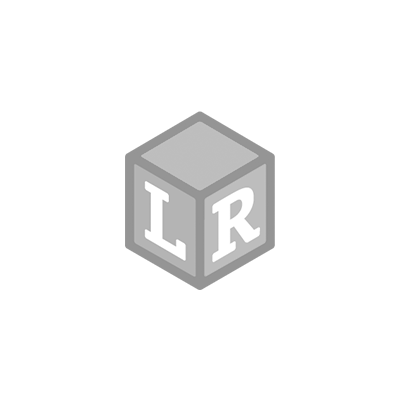Kids love every opportunity to build, design and create whenever possible. I always look for ways to incorporate hands-on engaging activities in thematic centers. February is the perfect month to implement a geometric heart STEM toys challenge that would be the perfect compliment for your morning work tubs, math workshop centers, and science stations.
Whether you happen to be teaching geometry content or not, it’s so important to be exposed to visual and spatial hands-on experiences. The Learning Resources Geometric Shapes Building Set is the perfect way to manipulate, create and build 3-dimensional shapes.

In order to get started, you’ll need to decide how to best differentiate for your target age group. Giving students a completed visual is a great way to start. If you’d like to give them some clues but not necessarily a completed visual, you can always provide picture clues of how to get started. On another note, you can always just begin with the most challenging scenario. This is just listing how many of each puzzle piece, and then slowly add in some modifications to support your students so they don’t get to the point of frustration.

In order to begin, you will need to gather each of these Learning Resources Geometric Shapes Building Set pieces:
- 7 long purple side edges
- 10 short green side edges
- 16 rounded blue side edges
- 10 orange round vertices
- 3 red round vertices

If you’re wondering where to start building a 3d dimensional heart with this set, you’ll want to build one of the two rounded upper portions. This is one complete rounded upper portion and below I’ll take you through step by step.
Step 1:
Take 2 sets of 5 short green edges and connect each set to one orange vertex (you’ll end up with two as seen).

Step 2:
Take two sets of 4 rounded blue edges and assemble them into 2 circles using one with 4 oranges vertices and the other with 3. They will soon become attached so one orange vertex will be used in both circles.

Step 3:
Place step 1 into the center of step 2 and assemble as seen.

Step 4:
Gather 2 sets of 4 blue rounded edges and attach them with a red vertex as seen. Then place them on top of steps 1-3 and connect them at each orange vertex.

Next, you’ll be connecting the two circles via the base of the heart.
Step 5:
Attach 3 long purple edges to one red vertex and another one with two long purple edges. These will be attached to the upper rounded portions but don’t actually attach to the vertex. They just lay flush to it. Also, assemble two long purple edges to one orange vertex.

Step 6:
Use the 3 long purple edges with the red vertex to attach the two-round semi-circles. Each outer purple edge will connect to the outer orange vertices of the circles and the center will connect to the center of the one circle with 4 vertices. The two long purple edges and two loose purple edges will attach to the outer orange vertices and hang down to create an apex as the point of the heart.

Kids and students are sure to love this STEM challenge both in and out of the classroom!

Save it for later!



 Shop UK Site
Shop UK Site 
